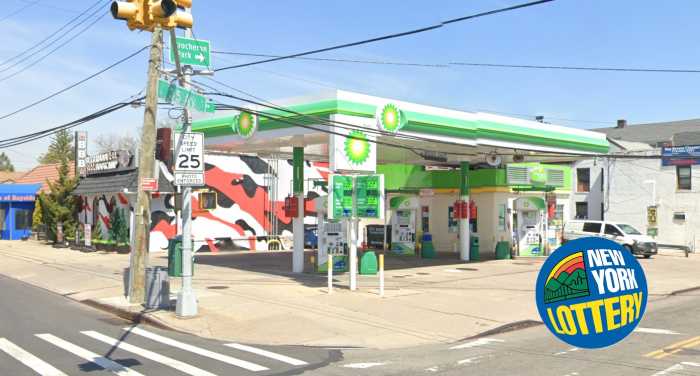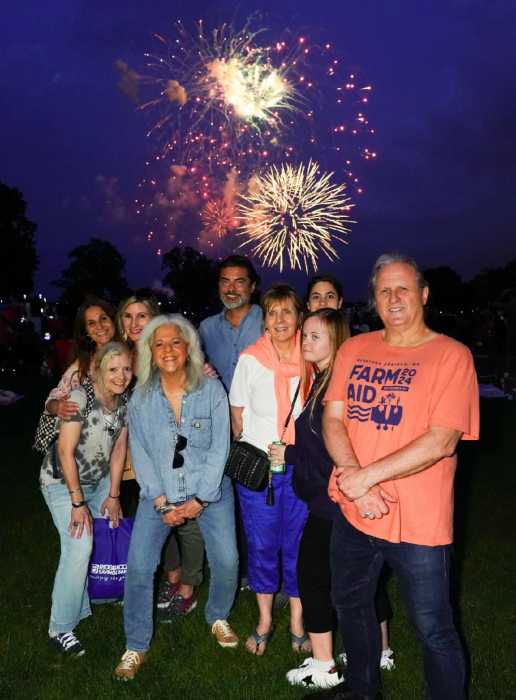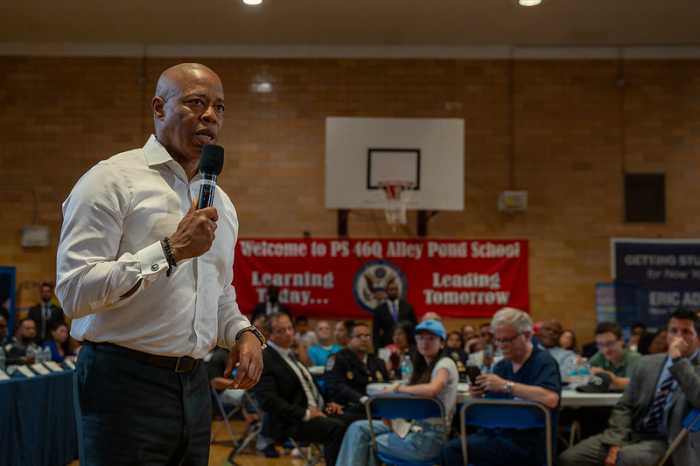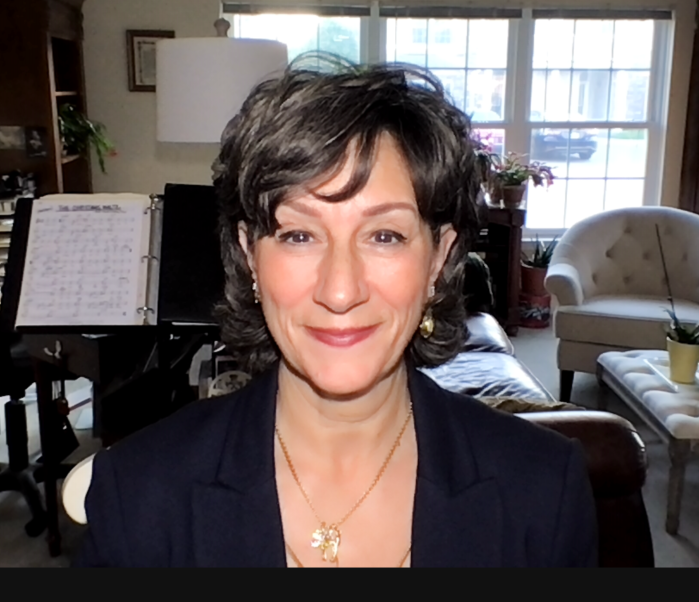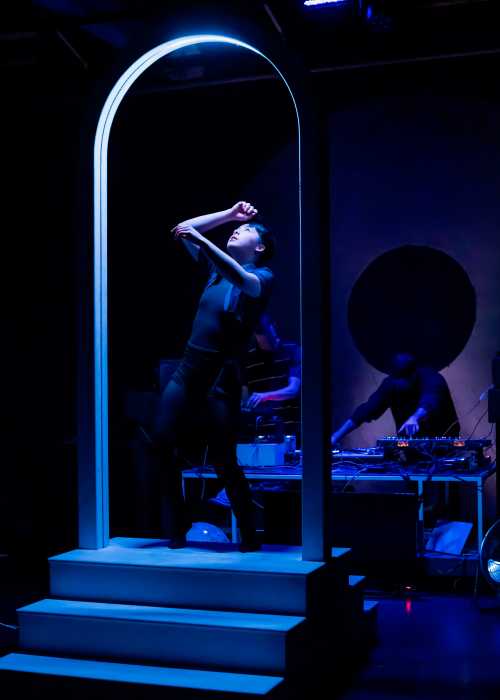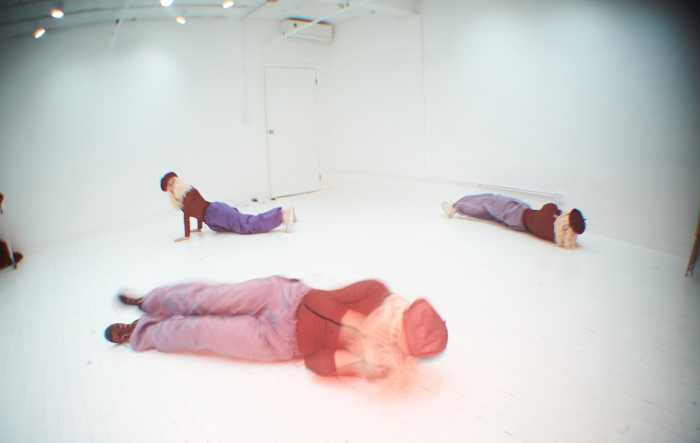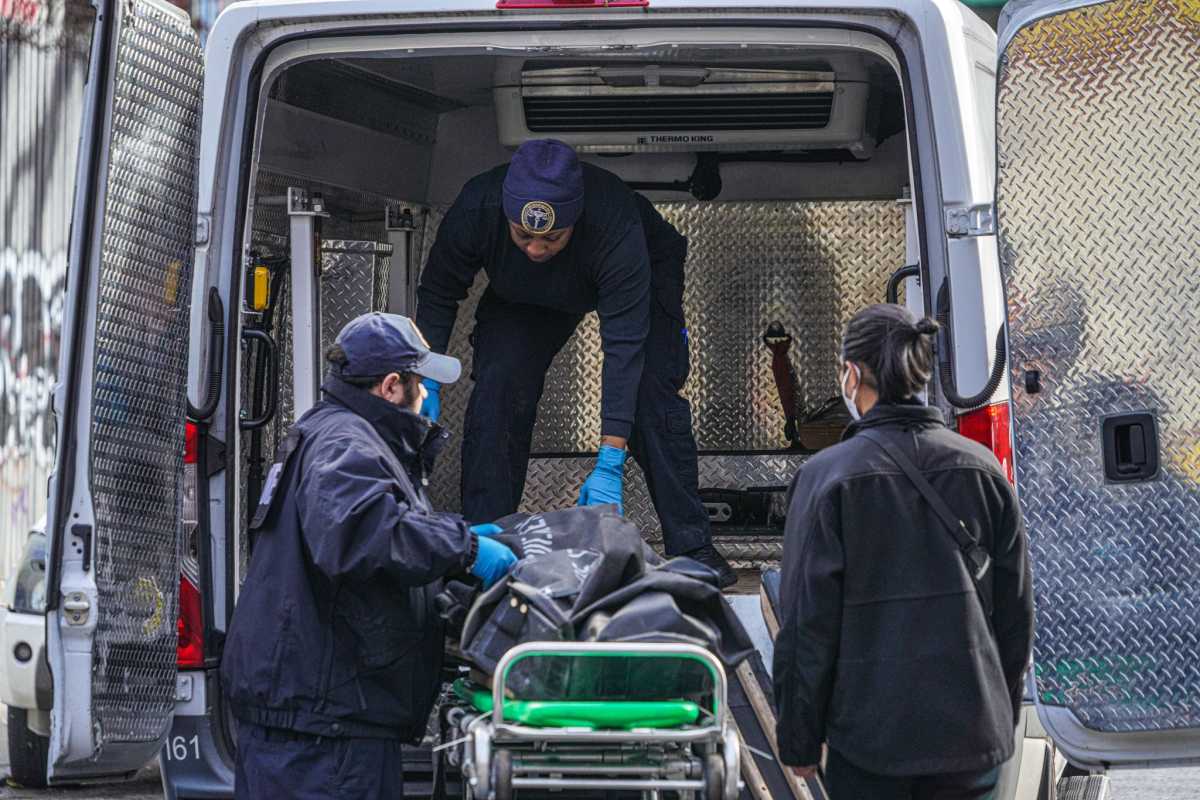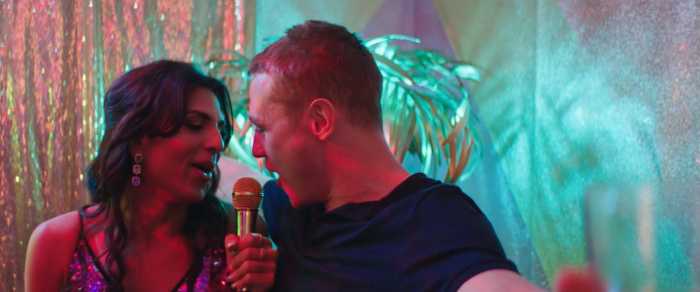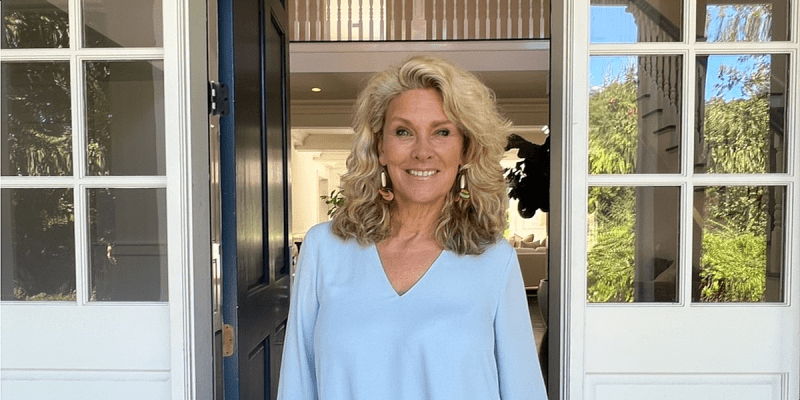Queensborough Community College professor Jillian Bellovary became interested in black holes in college.
“I just think they’re cool and they’re weird. When I went to college, I thought I wanted to be an engineer but it’s not good for me. I liked this ‘science stuff’ but I just didn’t like building things, so why don’t I do science where I don’t have to touch anything?” Bellovary said. “I really like using my imagination to envision science that I’m thinking about.”
So she went on to pursue astrophysics, physics and philosophy at the University of Wisconsin-Madison and earned a Ph.D. in astronomy from the University of Washinton in 2010. She is currently a theoretical astrophysicist as well as QCC physics professor.
“I do computer simulations of black holes, so I don’t use telescopes. Everything I do is on my computer and I actually use supercomputers from NASA to do a lot of the simulations that takes them many months to finish running,” said Bellovary. “I study how black holes form in the early universe and how they evolve along with the galaxy they live in and I try and make predictions for people with telescopes and also for gravitational wave observatories.”
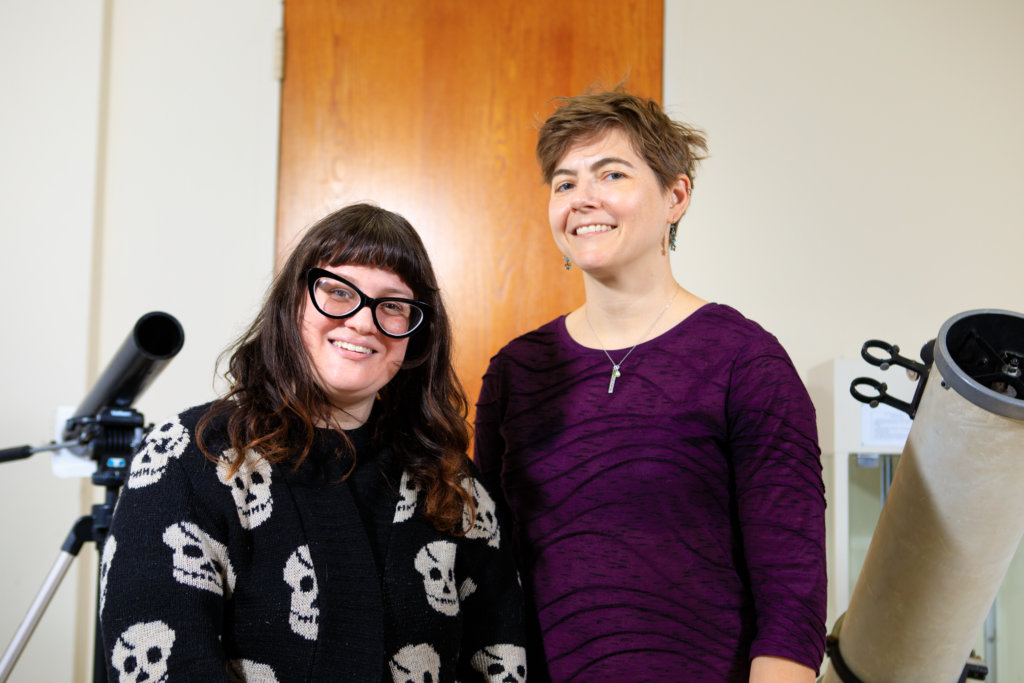
Some of the organizations she makes predictions for include Laser Interferometer Gravitational-Wave Observatories (LIGO) in Louisiana, Washington and Italy and a European space agency called Laser Interferometer Space Antenna (LISA).
“That’s the one I’m making all those predictions for because that one, we kind of have no idea what we’re gonna see. So I’m like, ‘Hey, maybe you’ll see all of this stuff’ and it’s not going to launch for another 15 years or so. So I have a lot of time to make predictions and I’m hoping that some of the predictions I make are right,” she said.
When she saw the first images of the black hole, which was captured thanks to the algorithm of American computer scientist Katie Bouman, Bellovary was excited to find out that her predictions for what it would look like matched the image.
“It was so cool because it means that we understand enough about black holes and about science to predict what we’re gonna see,” Bellovary said. “But also I think as they keep getting more and more images of it, they’re gonna be able to get better and better detail and we’ll probably learn some really unexpected things.”
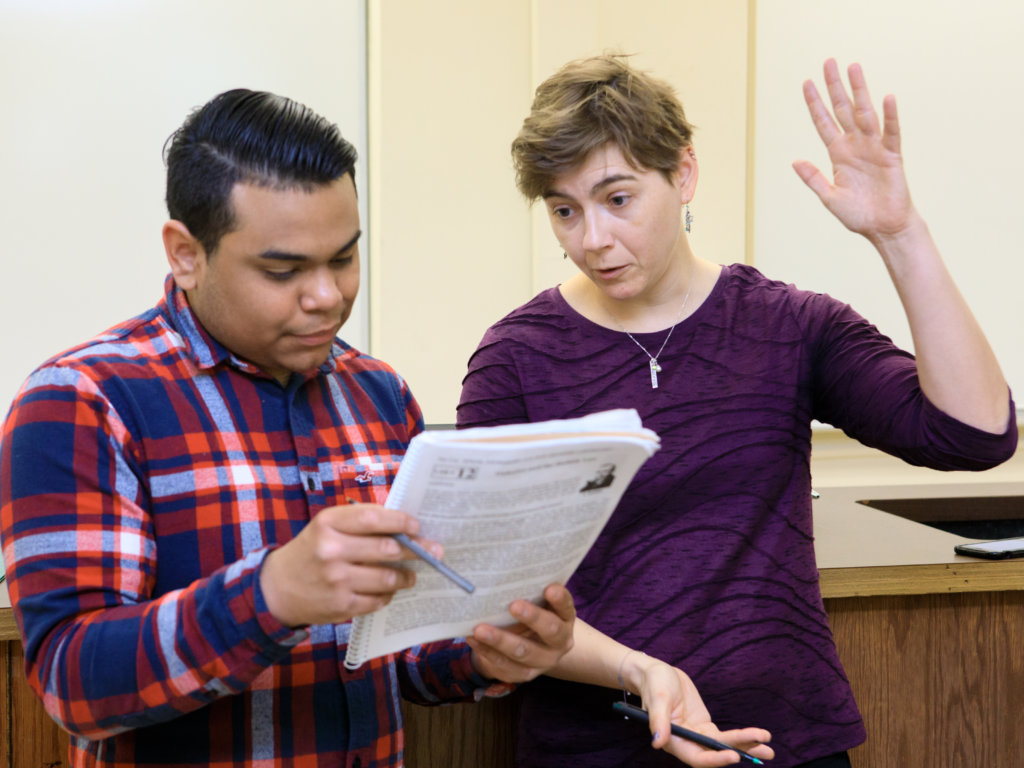
Though she does not get the opportunity to go in-depth with her students about black holes, Bellovary does touch on in during her lessons with astronomy students taking Space, Astronomy and Our Universe Laboratory.
“[It was] super exciting to see how much work they put into it, that it was a woman that kind of made it her career mission and to succeed at that,” said one Bellovary’s students, Sara Beth Clayton. “But also Professor Bellovary talked about that being her specialty and we had discussed it in class before that information hit the news last week.”
Part of the astronomy class allows students to use QCC’s state-of-the-art astronomy observatory, which was funded by Dr. Dinah L. Moché, students and members of the Queens community. Students are able to observe planets, stars and nebulas using a 16-inch Cassegrain telescope, the largest in a Queens college.
“They explain how the telescope works and what they’re doing, where they’re pointing it. When they position it, everybody gets to look as long as they like,” said Clayton who got to see a nebula, Mars and the moon’s surface.


